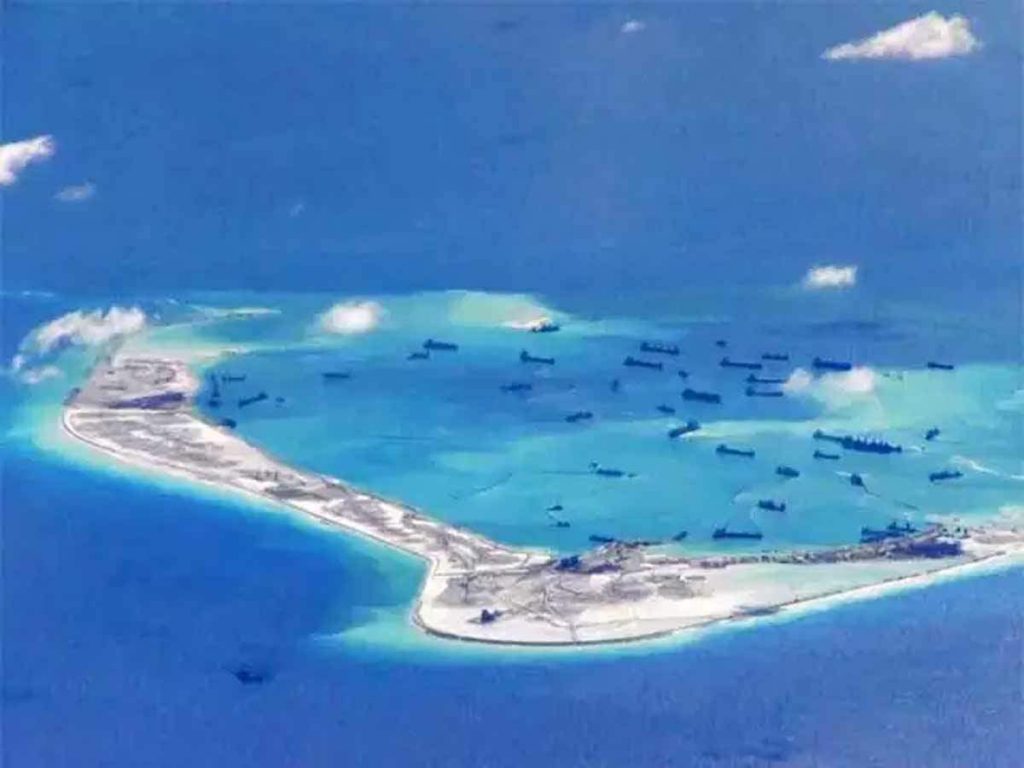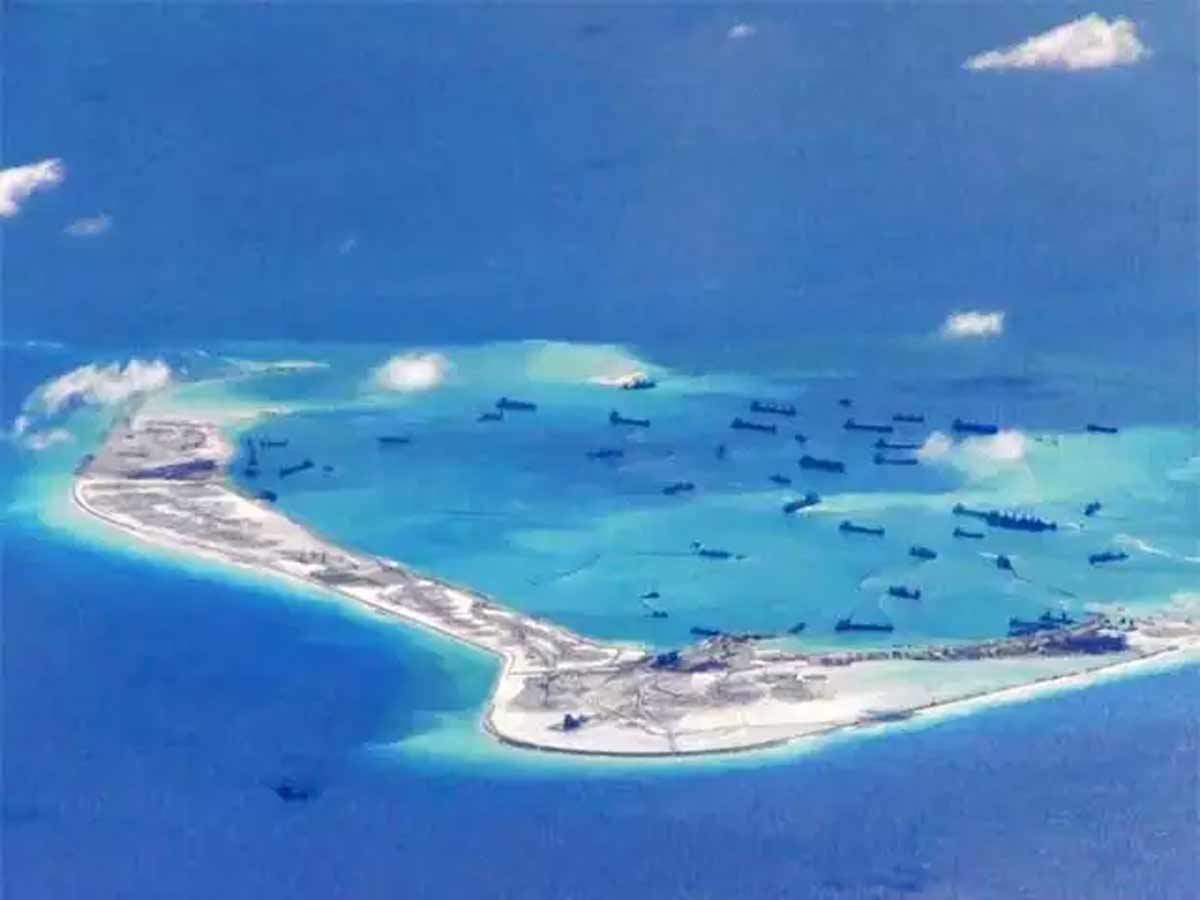Post Corona Battle ground : South China Sea

Colonel DevAnand
_The South China Sea is a key commercial thoroughfare connecting Asia with Europe and Africa. Its seabed is rich with natural resources of oil, natural gas and minerals. It accounts for 10 per cent of the world’s fisheries, making it a key source of food for hundreds of millions of people._
Amidst Corona terror , Donald Trump holding China responsible for triggering the corona pandemic, and US Secretary of State Mike Pompeo accused Beijing of “exploiting” the world’s pre-occupation with this global health challenge by acting in a provocative manner in the maritime dominance which Beijing rejected.
People’s Republic of China (PRC), the Republic of China (ROC/Taiwan), Indonesia, Malaysia, the Philippines , Brunei and Vietnam comprise as main players in South China claim/counterclaims on islands and maritime territories.
The South China Sea is a key commercial thoroughfare connecting Asia with Europe and Africa. Its seabed is rich with natural resources of oil, natural gas and minerals. It accounts for 10 per cent of the world’s fisheries, making it a key source of food for hundreds of millions of people. As per one of estimates 80 percent of China’s energy imports and 39.5 percent of China’s total trade passes through the South China Sea and total annual global trade through the area accounts for US $3.37 trillion, which accounts for one third of the global maritime trade. Major part of China’s oil imports arrive via the Strait of Malacca, in Indonesia, and then sail across the South China Sea to reach China.
China‘s “Nine-Dash Line” is a geographical marker used to assert its claim stretching to as far as 2,000km from the Chinese mainland, reaching waters close to Indonesia and Malaysia
The disputes include the islands, reefs, banks, and other features of the South China Sea, including the Spratly Islands, Parcels Islands, Scarborough Shoal, Indonesian Natuna Islands and various boundaries in the Gulf of Tonkin.
Since 2013, the People’s Republic of China has resorted to island building in the Spratly Islands and the Parcels Islands region. These actions have been met with a wide international condemnation, and since 2015 the United States and other states such as France and the United Kingdom have conducted freedom of navigation operations in the region.
In July 2016, an arbitration tribunal constituted under Annex VII of the United Nations Convention on the Law of the Sea (UNCLOS) ruled against the PRC’s maritime claims in Philippines v. China without any rulings on ownership of the islands or delimit maritime boundaries. The People’s Republic of China and the Republic of China (Taiwan) stated that they did not recognize the tribunal and it has no such binding force and insisted that the matter should be resolved through bilateral negotiations with other claimants.
The deployment of a Chinese drilling rig in 2014 in waters near the Paracel Islands and land reclamation operations in the Spratly archipelago & construction of sand islands for military deployments , establishment of a new city on Sansha on Woody Island and recently renaming of 80 islands are actions which display China’s expansionist attitude and disregard to international norms.
The US has wide-ranging security commitments / understandings with Philippines, Singapore and Vietnam in South China Sea. US has deep economic interests with regard safeguarding US companies trade. During the summer of 2018, British and French forces conducted operations in the disputed waters . US too has conducted Freedom of Navigation operations, designed to counter China’s aggressive postures and ensure free passage of commercial ships.
Claimant states are interested in retaining or acquiring the rights to fishing stocks, the exploration and potential exploitation of crude oil and natural gas in the seabed of various parts of the South China Sea, and the strategic control of important shipping lanes.
Recent past events of sinking of Vietnamese fishing boat off the Paracel Islands in the South China Sea by Chinese Coast Guard, Chinese survey ship, Haiyang Dizhi 8, with Coast Guard and maritime militia escorts, moved into a region near Malaysia to disrupt gas drilling operation by a Malaysian oil company and deployment of its Naval Vessels have forced the US and allies to deploy counterbalance elements to check china in form of multiple US Navy freedom-of-navigation operations and a US Air Force bomber overflight.
The US and allies show of strength / muscle flexing against China will only increase post COVID-19, littoral countries will be happy with US consolidating it’s presence till China undergoes Change of policy and hearts.


